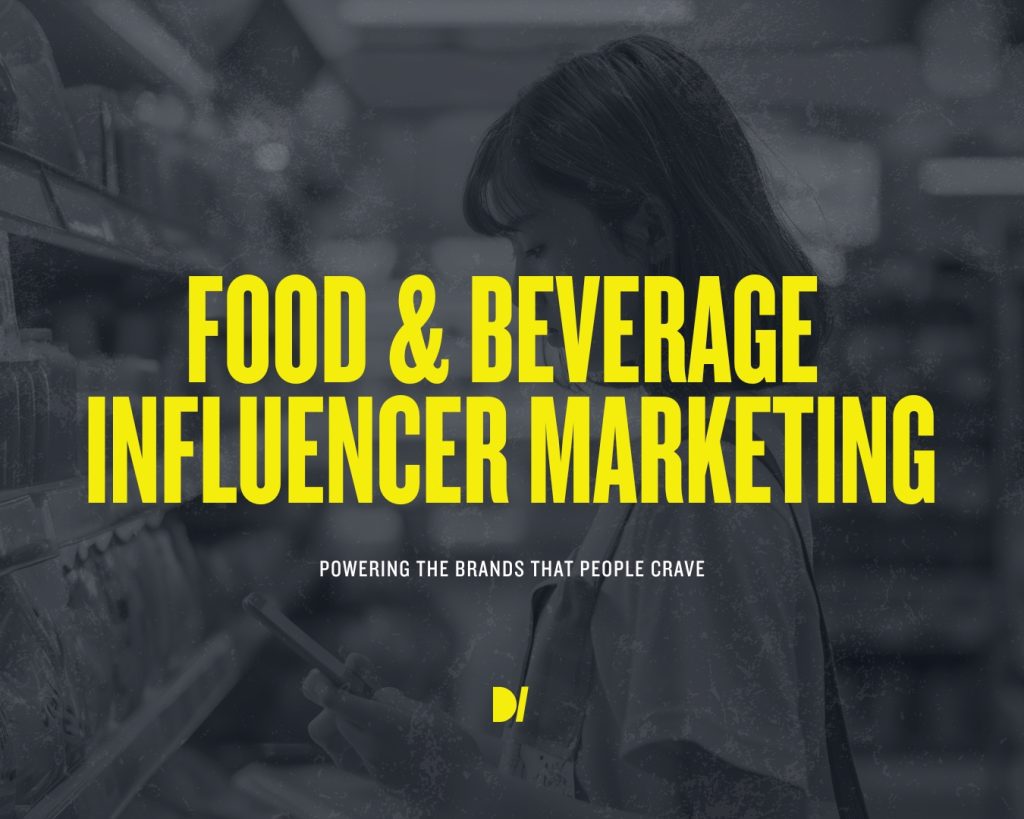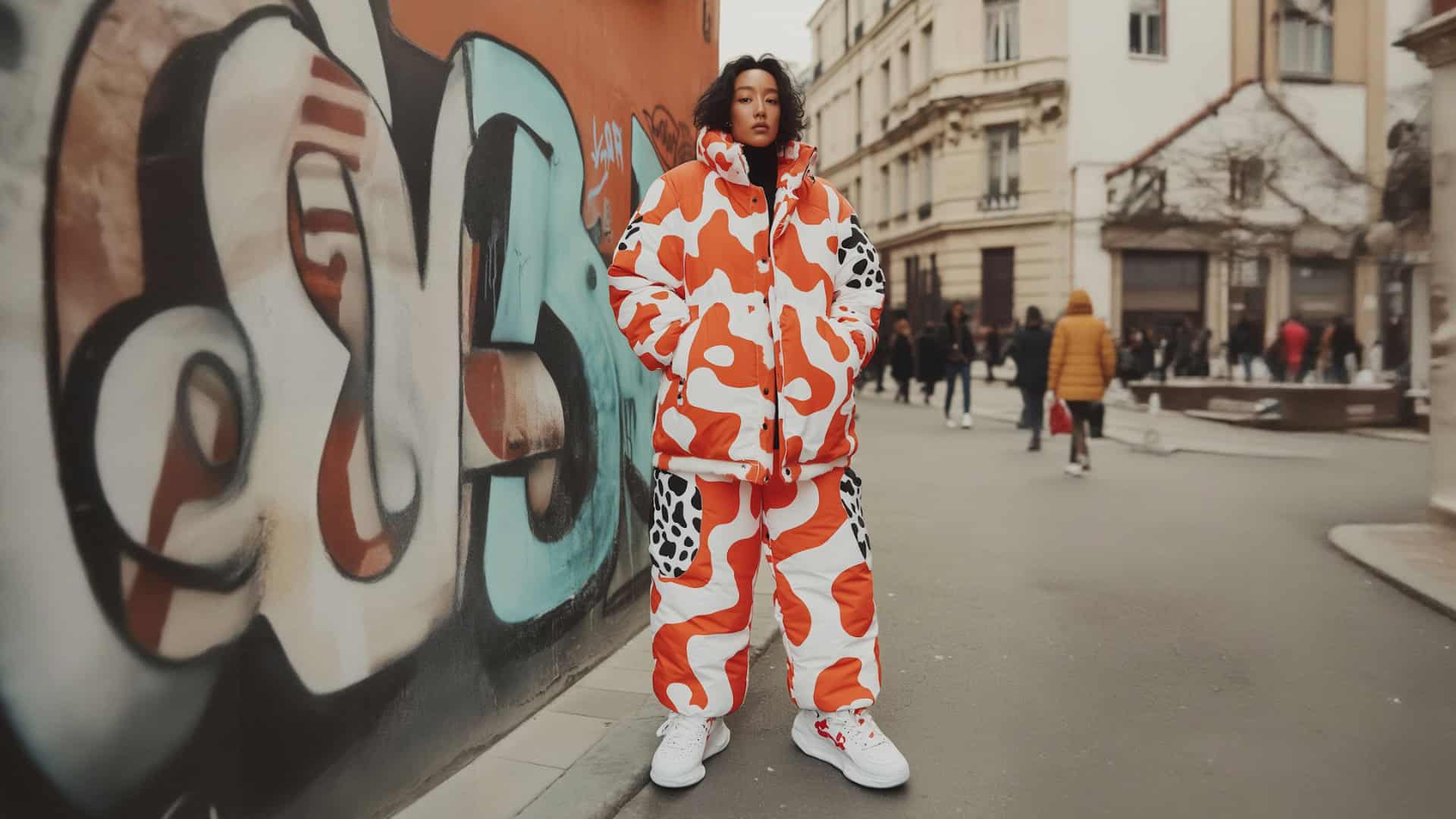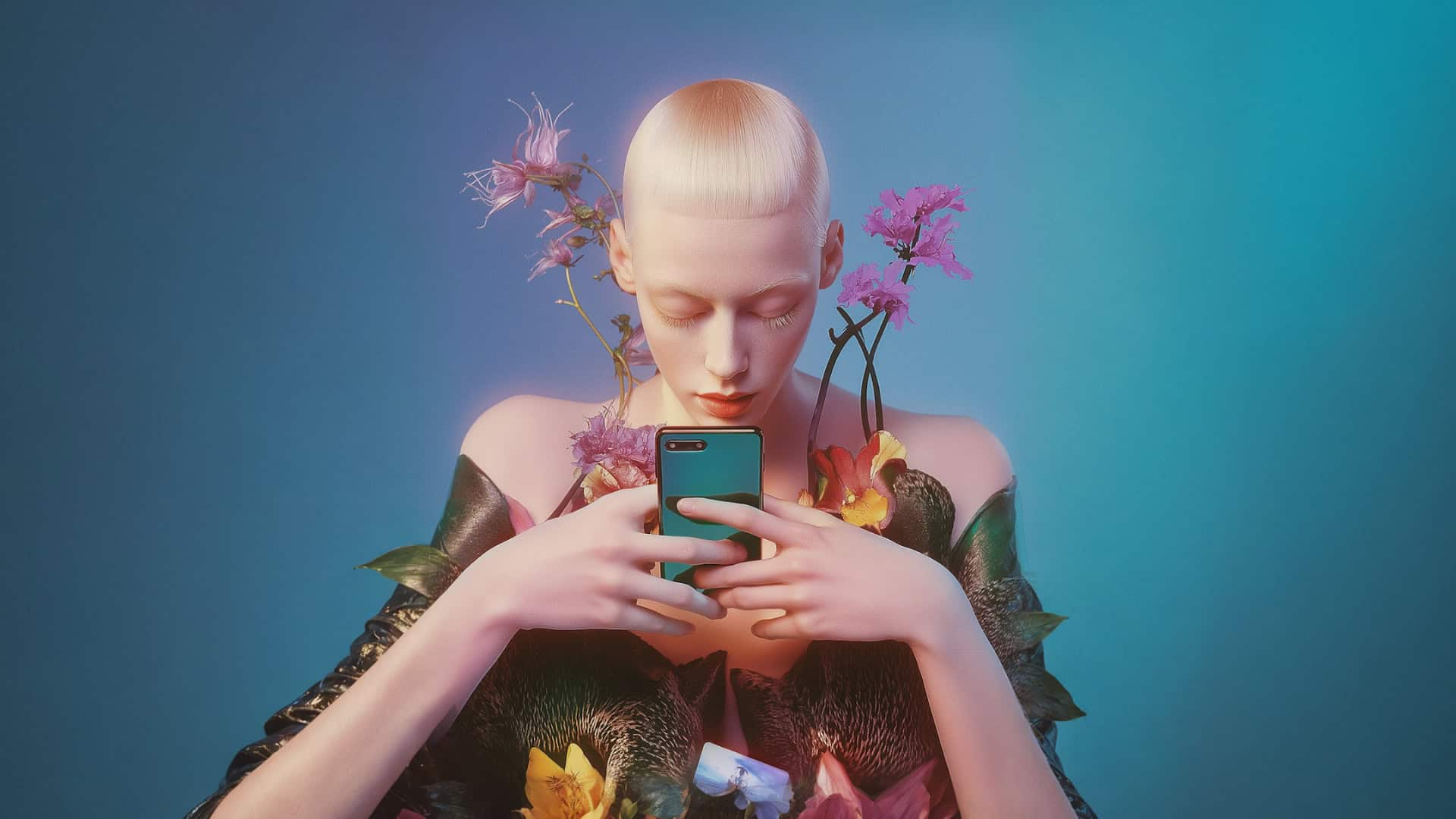
Turning Doubt into Desire: Solving the Trust Gap in Low and No Alochol Marketing
The low and no alcohol (L&N) drinks revolution has been underway for some time now. Shelves are heavier with zero-proof beers, wines and spirits than ever, and the buzz online is louder than a Saturday night in Soho. The UK market alone was valued at £380m at the end of 2024, with projections set to soar to £800m by 2028, a pace that outstrips much of the traditional alcohol sector. But with all this momentum comes a stubborn undertone: scepticism. For many consumers outside of those already committed to a sober lifestyle, curiosity about L&N options is quickly dampened by doubts: Will it taste right? Will it feel “real” in a social setting? Does choosing “no” mean missing out?
Overcoming these doubts is not about louder ads or more taste descriptors, but about shifting perspective, and letting real stories reshape what these brands mean, a territory where influencer marketing comes into its own.
Understanding the Trust Gap in Low and No Alcohol Consumption
Walk into any bar or browse the trending drinks aisle, and you’ll notice how far this category has come. Low and No alcohol options now command a volume share of nearly 3% of the UK’s beverage market, with the beer segment alone growing 23% year-on-year. Yet for many drinkers, especially those used to classic alcoholic options or those who enjoy it socially, L&N products carry a sense of compromise. While 79% of UK adults are now aware of low/no alcohol beer, less than half (42%) have tried it. Even among those who try, historical scepticism persists: “no alcohol, no fun,” or that these are products for dieters and the abstinent. Can a drink without alcohol truly deliver on flavour, satisfaction, and that elusive sense of belonging within a group?
The numbers reveal a dual story. There’s a sharp growth in curiosity, 38% of UK drinkers now choose low/no alcohol alternatives at least occasionally, and 24% of these say it’s actively reducing their weekly alcohol intake. But ongoing quality concerns linger, especially on taste and experience: 85% of those who try L&N beers say the taste matches or exceeds alcoholic versions, yet commercial conversion still lags. The product quality revolution is here, but trust and real-world adoption are still catching up.
So what’s the result? A sector with enormous potential, and a customer base hovering on the edge of engagement, uncertain about what making the switch will mean for their lived experience.
What Most L&N Marketing Gets Wrong: Standard Strategies vs. Real Connection
It’s easy to spot the usual playbook. L&N brands pour budgets into campaigns focused on taste tests, artisan ingredients, or well-worn health claims. They lead with lifestyle visuals, next-gen brewing buzzwords, and limited-edition launches designed to drive FOMO. Others enlist cross-promotions, bar menus, or flash events meant to create talkability, but rarely true loyalty.
So what’s missing? Much of this activity fails to cut through. The category is saturated with identical visuals and slogans, and the ROI rarely matches initial excitement. Even in traditional social and digital campaigns, ad fatigue means your message might never reach, or move, the right audience. Price is often defended with “premium” ingredients or process stories, but that rarely shifts perception in a market where consumers are barraged with hundreds of similar claims on a daily basis.
L&N brands are falling into a cycle of tactical noise, rather than genuine differentiation. The cleverest campaigns are not always the loudest, but the most trusted, and that’s where influencer marketing, with real creator storytelling and peer-validated trial, starts to pull away from the usual suspects.
The Power of Creators to Shift Perception
Enter creators: the new social sommeliers injecting a shot of credibility and aspiration into the sector. The difference between a clever campaign and a true behaviour shift is credibility, and that comes from human connection, not slick packaging. Brands such as IMPOSSIBREW, now the most-followed L&N brand on TikTok globally, have shown that 95% of first-time customers would recommend the brand to a friend after trial, citing the influence of peer-led, creator-driven content as the reason why. When creators bring their genuine selves to the table, trying L&N options publicly and unfiltered, they invite audiences into a space of genuine trial.
Creators make the act of “trial” feel safe, aspirational, and communal. It’s not just about the moment a drink is poured. It’s the full experience - first sips, spontaneous reactions, honest takes on taste and texture… that resonates. Creator content brings the unknown into the light, making the act of choosing an L&N product feel less risky, more exploratory and strips away the idea of compromise. In their hands, “trying something different” becomes a shared story, not a leap into the unknown.

Making L&N Brands Unmissable, On and Offline
For a category built on change, visibility matters, but so does context. Seeing L&N drinks not just in ads, but in action: featured in recipes, lining brunch tables, or served at after-work socials. The best creator partnerships don’t just showcase products; they build new drinking rituals, from DIY mocktail masterclasses to behind-the-bar “how it’s made” reels that demystify the process.
What works? Content that invites audiences to taste with their imaginations first, then palms the baton: “Here’s how I enjoyed it - now you try.” It’s education by osmosis, normalising L&N choices through repetition, routine, and a little bit of FOMO.
The Challenges of Marketing Low and No Alcohol Products
Despite category growth, marketing L&N drinks comes with unique hurdles. Many consumers still associate “alcohol-free” with inferior taste or lack of authenticity compared to regular drinks. There’s also confusion around labelling, varying definitions and regulations mean “alcohol-free” might not mean the same thing in every country (0.05% in the UK, but up to 0.5% elsewhere), which risks eroding trust if not managed transparently. Pricing can also be a sticking point, with some L&N products costing as much or more than their alcoholic equivalents, which can feel counter-intuitive, especially during cost-of-living pressures. And as the market expands, there’s pressure to innovate while maintaining quality, clear messaging, and responsible marketing that genuinely supports moderate drinking without simply widening consumption occasions.
Marketing L&N Drinks and ASA Guidelines: What You Need to Know
While influencer marketing unlocks new creative opportunities and lets you tell your brand story through the authentic voices of creators, there are still important boundaries to keep in mind. Promoting low and no alcohol products in the UK means working within strict rules, both to protect consumers and maintain brand trust. The Advertising Standards Authority (ASA) sets clear guidelines for marketers:
- Only products at 1.2% ABV or below qualify as “low alcohol.” “Alcohol-free” means 0.05% ABV or less.
- Any marketing or advertising of low and no alcohol drinks must be clearly directed at adults; under-18s can’t be the focus, nor appear in a significant way in your campaigns.
- You must avoid claiming that these products are “safe” alternatives, encourage excessive or irresponsible consumption, or suggest they have therapeutic effects.
- When marketing low alcohol variants of established alcoholic lines, the copy and creative must be very clear to avoid confusion with their full-strength counterparts.
- Comparative ads are allowed, but must be accurate, not disparaging, and always reference the ABV for clarity.
For full details, see the official ASA guidelines for marketing low and no alcohol drinks. Staying compliant isn’t just about risk-avoidance, it’s about building long-term credibility in a highly scrutinised category.
Real-World Context: Closing the Loop Between Digital Hype and Social Ritual
The real test for any drink is how it lands in social settings. Despite rising availability (87% of UK pubs now stock at least one L&N beer), on-trade uptake lags behind retail growth. Beer alternatives lead the way, non-alcoholic beer alone saw £109m in on-trade sales last year. But spirits, wine, and other subcategories are still struggling to replicate that success outside shops.
That’s where creators who cross over into on-trade spaces, such as bars, restaurants and events, can rewrite the category narrative. When audiences see their favourite voices ordering an 0% option at a busy venue, it strips away that last layer of doubt. This is no longer just a theoretical trend or a fleeting fad being talked about online; it’s a real choice, made by real people, in real-time.
Brand partnerships that tap into moments like creator nights out, menu spotlight features, or bartender collaborations help take L&N drinks from the digital bubble to the basket or table. Suddenly, these aren’t “non-alcoholic alternatives.” They’re just… drinks. Part of the mix, not a compromise or statement.
From Uncertainty to Advocacy
Ultimately, closing the trust gap requires more than information; it demands inspiration. The fastest route from curiosity to conversion is seeing someone you trust (and relate to) step across the threshold first; suddenly, it doesn’t seem so alienating. The statistics underscore that influencer marketing isn’t decoration for L&N brands, it’s a core driver of new behaviours, delivering both reach and resonance to younger, health-driven audiences, turning doubt into desire, one chilled glass at a time.
If your goal is to reach the next generation of curious, cautious drinkers, forget the static campaigns. Give them a story worth joining, fuelled by proof as much as aspiration. At Disrupt, we specialise in connecting pioneering L&N brands with the creators who can transform perceptions and palates across the UK and overseas markets.
Ready to replace consumer hesitation with real enthusiasm? Let’s talk.







